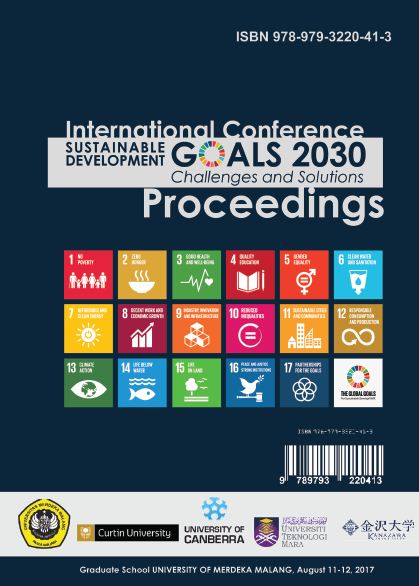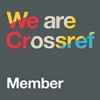Models of Sustainable Lake Tourism Design in Ranu Klakah, Lumajang Region, East Java, Indonesia
DOI:
https://doi.org/10.26905/icgss.v1i1.1846Abstract
Entering the 21st century, Indonesia must re-define the concept of tourism development based on new phenomena and paradigms in the influence of global tourism. The characters of tourists who come not mass, and travel to find the source of the source of enriching life spiritually, no longer just a materialistic and physical pleasure. The development of environmentally friendly tourism in the Ranu Klakah Lumajang area is one of the approaches developed to create a sustainable lake area. The development of the tourist area should always protect the existing resources as it is essential for the success of the tour to show the original or local quality of a place. Through ecological analytical approach and descriptive architectural analysis, this arrangement plan is expected to Ranu Klakah Lumajang area, which has high tourism potential will be preserved. Of the five villages in the research area, Tegalrandu village has a high chance to be developed as Extensive mintakat, while other sub-districts have the opportunity to become Intensive mintakat. Three villages are located in the downstream area, which at this time has developed into a tourist camping area. Two other villages, in the middle and upstream areas, are designated as Protected mintakat, by empowering the potential of protected forests as a natural tourist area that will function ecologically, namely as a mintakat protection of forest resources and water resources. Meanwhile, the program to add the completeness of Green Infrastructure as a supporting tourism Ranu Klakah, conducted in mintakat the development of Intensive tourism area developed as a center for development and tourism services.Downloads
Downloads
Published
How to Cite
Issue
Section
License
Authors who publish in this journal agree to the following terms: Proceeding of International Conference of Graduate School on Sustainability is licensed under Creative Commons Attribution-ShareAlike 4.0 International. Creative Commons Attribution-ShareAlike 4.0 International License (CC BY 4.0) is applied when mandated by research funders, such as those who have signed. Open Access articles in Jurnal Cakrawala Hukum are published under theCreative Commons Attribution-ShareAlike 4.0 International (CC BY 4.0) license. The copyright of the received article shall be assigned to the journal as the publisher of the journal. The intended copyright includes the right to publish the article in various forms (including reprints). The journal maintains the publishing rights to the published articles. Authors must agree to the copyright transfer agreement by checking the Copyright Notice column at the initial stage when submitting the article.









